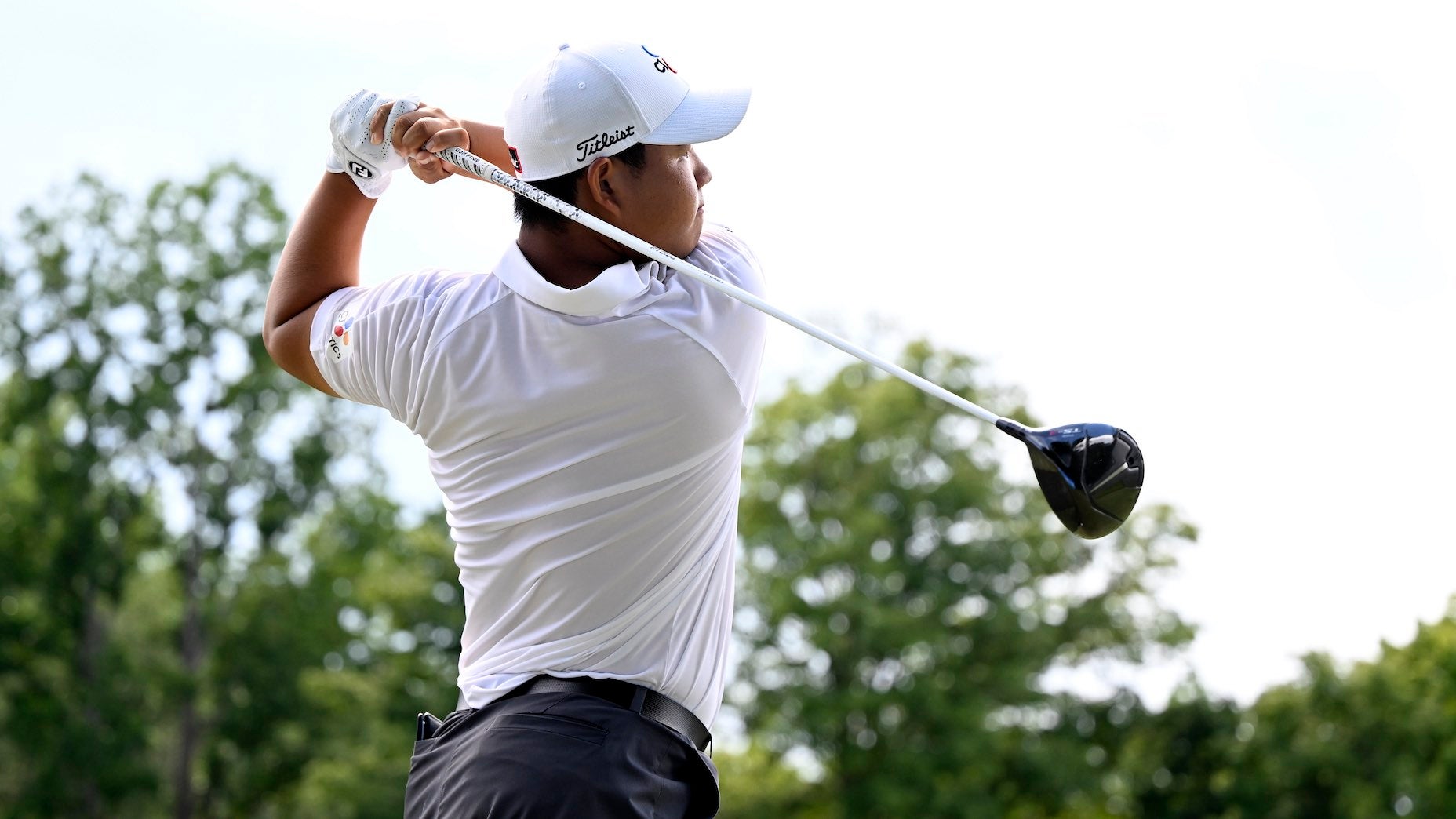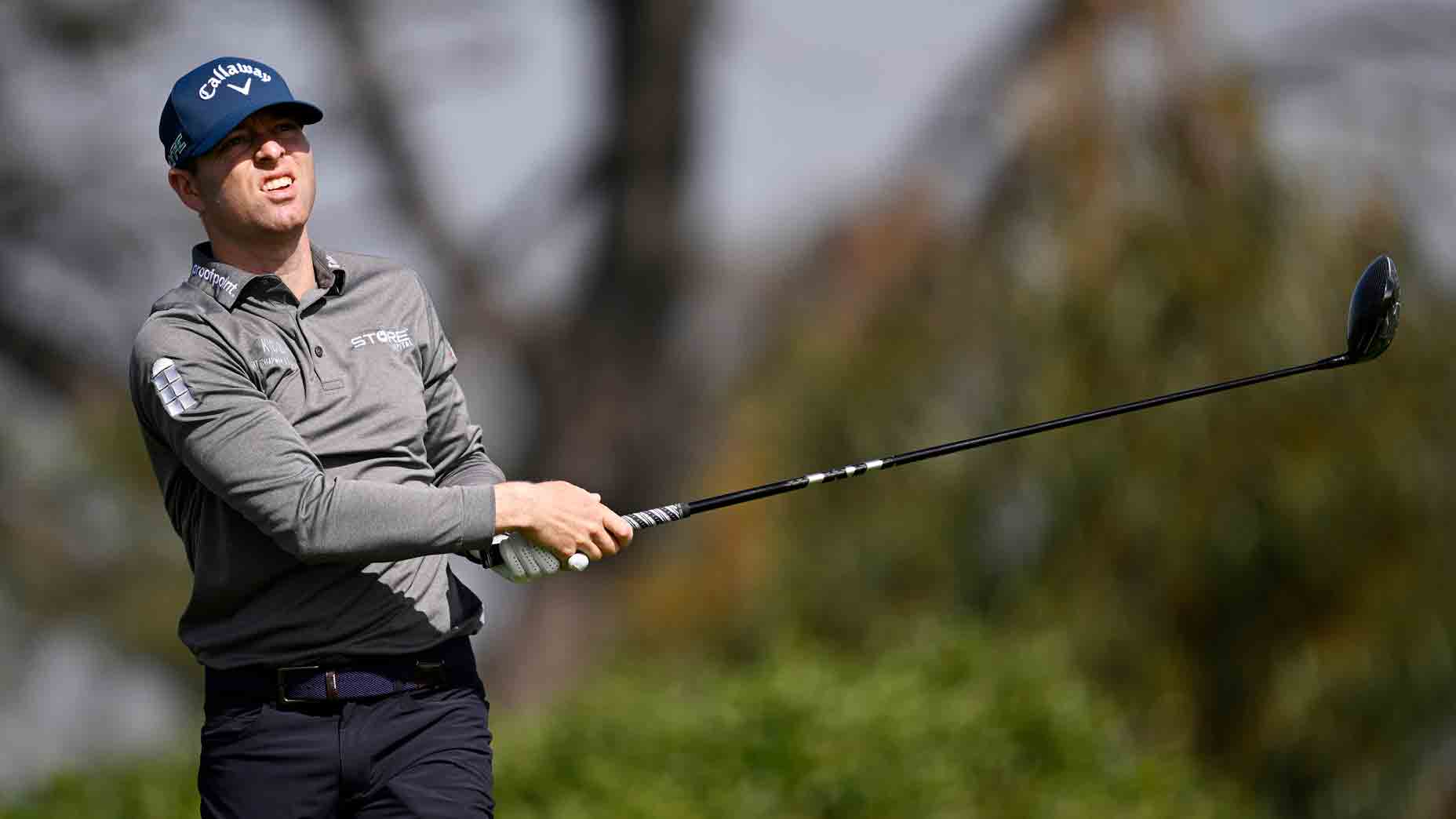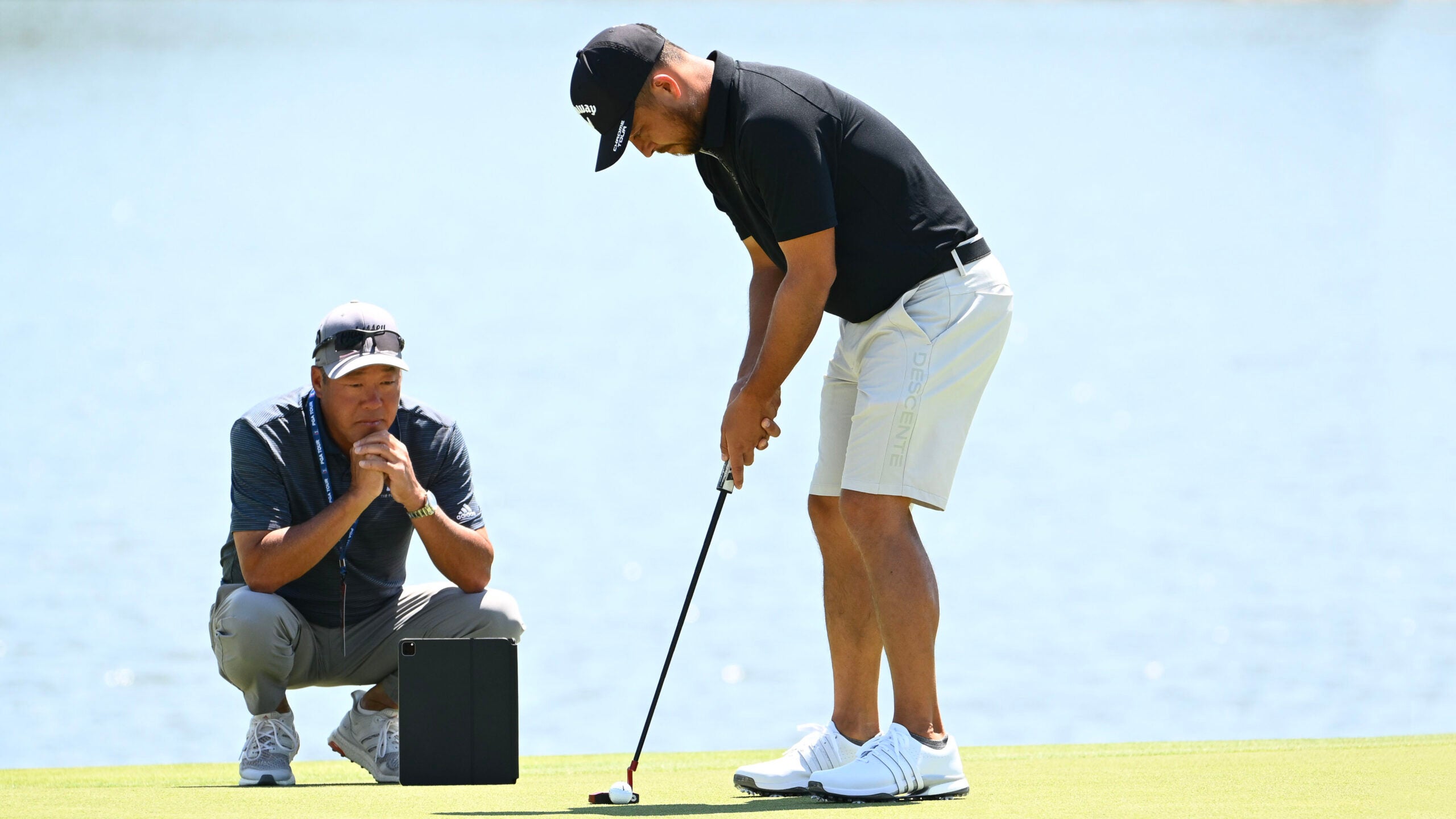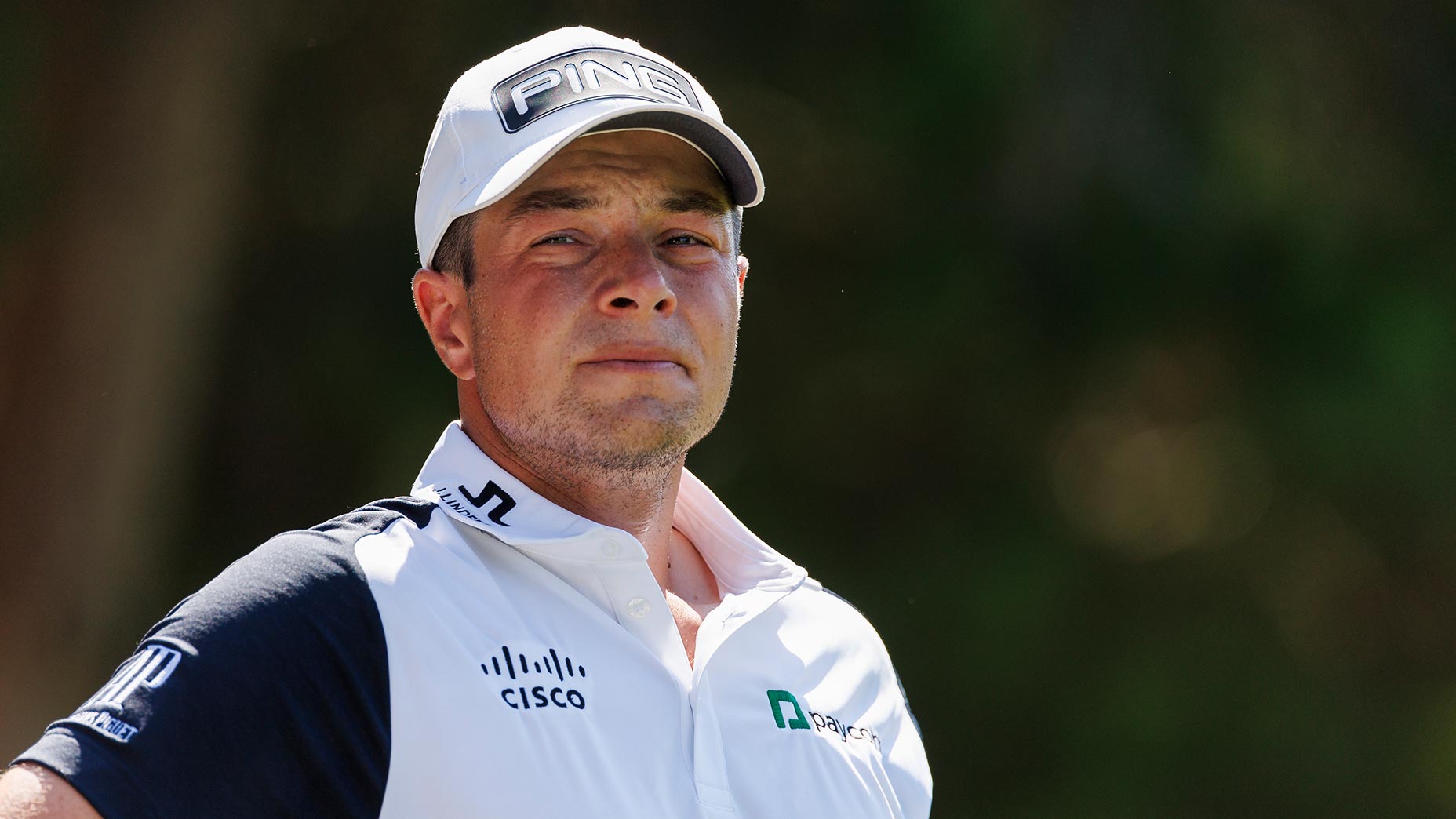There’s winning your first PGA Tour event, and there’s winning your first PGA Tour event the way Joohyung Kim just did. The 20 year-old (!) shot a best-in-field final-round 61 (!!) to win by an eventual five shots (!!!) just as the pressure was at its highest.
The key to Kim’s Sunday run was his blazing front nine. After a par on the first, he went on a birdie-birdie-birdie-eagle-birdie-par-birdie-birdie run to finish his first nine holes eight under.
Loading up on Joohyung Kim stock, and his butter fade golf swing.
— LKD (@LukeKerrDineen) August 8, 2022
After his win:
"My parents, they've sacrificed so much for me…I didn't have the most financial comfort when I was younger, so I'm just glad that I can support them now." pic.twitter.com/VP6R1N6ONF
What do the numbers reveal when a player, who surely we’ll be hearing lots more about in the future, runs this hot? Quite a lot, it turns out. Let’s take a quick dive into at the PGA Tour’s ShotLink data and see where Joohyung gained shots on his competitors during his final round’s front nine, and where he didn’t.
Chipping: 0 shots gained

Joohyung Kim didn’t gain any shots on the field chipping during his front nine for the simple reason that he didn’t chip once. He hit all nine greens. It provides an important reminder that good (or bad) chipping can be rendered obsolete by a good iron game. Chipping, in a nutshell, isn’t important enough to build your entire game around, but it does serve as your game’s safety net. It’s important to have there when you need it. Kim, on this occasion, didn’t.
Driving: 0.04 shots gained

For as important as driving undoubtedly is in the modern era of golf, it was interesting to see Kim get as hot as he did with his driver contributing a negligible amount to his overall total. But that, in some ways, is the point. Kim’s power is very middling (ranking 72nd in the field last week) but is very accurate (T-4th on the week). Whereas some players can use their distance to make big leaps on their competitors on individual holes, Kim’s priority is inverse of that: Making sure he’s never giving up big leaps on his peers. It underlines an essential truth that the foremost priority, with your driver, is getting your ball in play. Safe and unspectacular is the recipe, no matter how far you hit it.
Iron game: 1.65 shots gained

Kim’s safe-but-unspectacular approach to driving is really just his approach to ball striking generally, which is something the rest of us can learn a lot from. We don’t need to set the world alight from tee-to-green, we just need to not make any big mistakes. Joohyung hitting all nine greens is in itself, obviously, very impressive. But it’s value, in statistical terms, was that hitting all those greens allowed him to gain incremental amounts of ground on his competitors. But then, if you put yourself in decent position often enough, all the chips will fall your way eventually. That’s what happened on the 5th hole when, from 202 yards, his approach rolled to seven feet. Eight solid shots, and one fantastic one.
Putting on a SHOW 🔥 @JoohyungKim0621 leads by 3 after the eagle @WyndhamChamp. He's 5-under thru 5 on the round 💪 pic.twitter.com/BgknRWL6Sn
— PGA TOUR (@PGATOUR) August 7, 2022
Putting: 4.88 shots gained

But of course, you don’t shoot eight under over nine holes without getting really hot somewhere. When players go that low, it’s usually because they’re blazing on the greens — and Kim was on Sunday. All tournament, really. His putting resulted in 78 percent of his gains on the front nine, and 77 percent over the course of his tournament. He made everything, basically, which is the kind of thing Dr. Mark Broadie has written about often: That putting is a volatile skill. It’s hard to depend on consistently elite putting over a long period of time. Solid ball striking and streaky putting is the key to winning on the PGA Tour. Brandel Chamblee put it best back in January:
“It’s not about who putts the best,” he said. “It’s about who putts best, amongst the best ball strikers.”
And on Sunday, Joohyung Kim proved that notion right once again.










